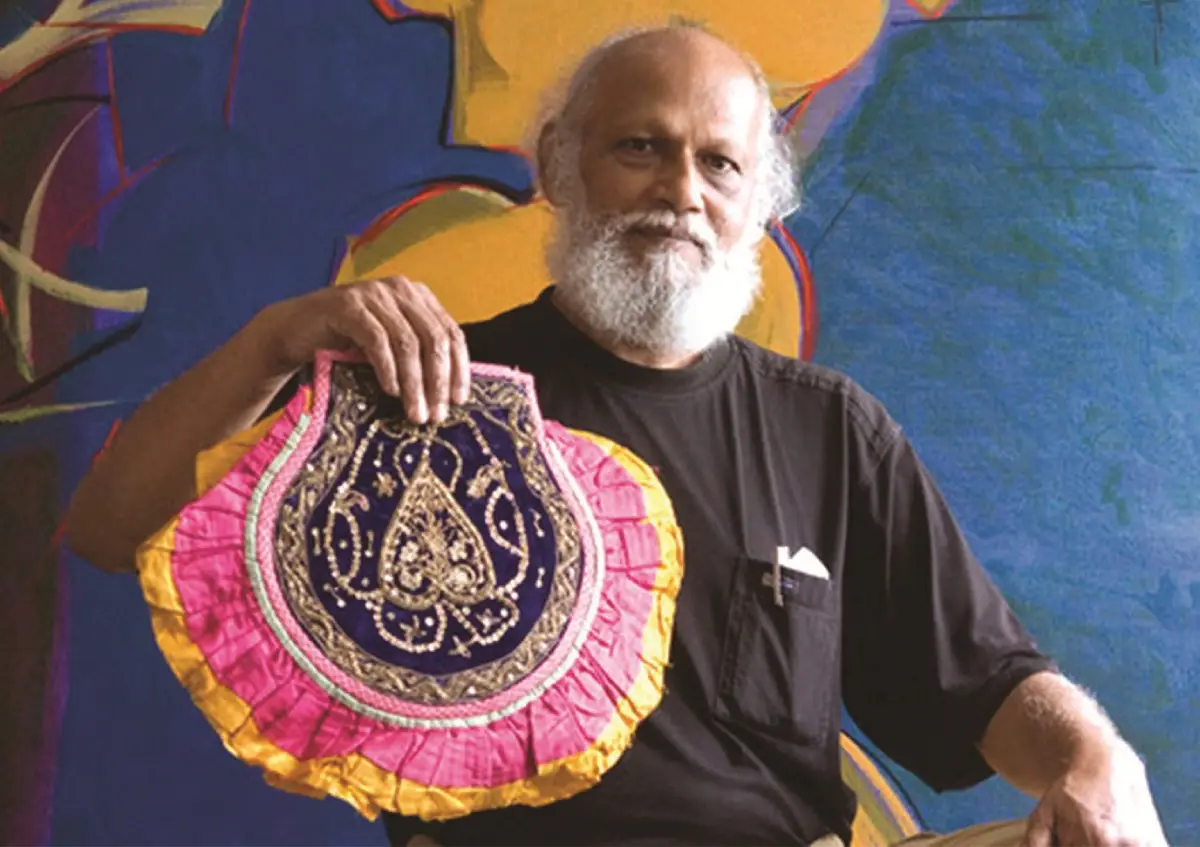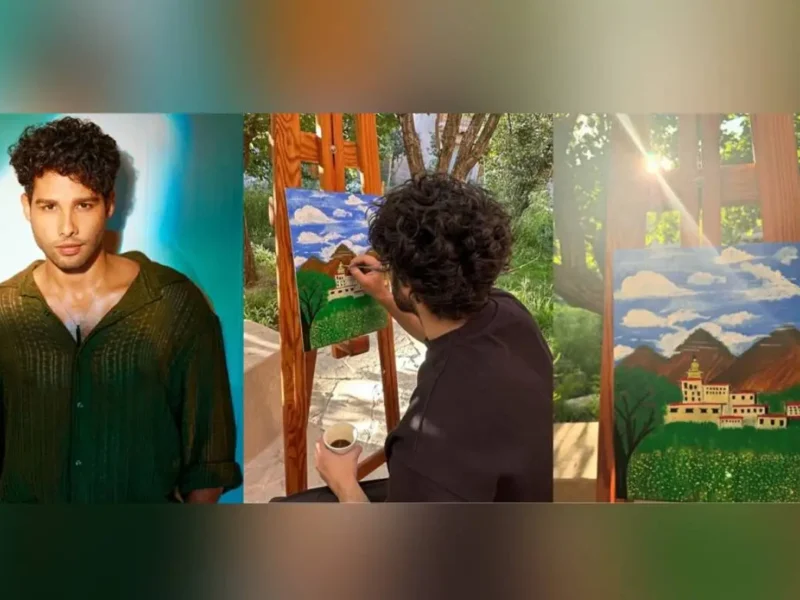
When A Painting Finishes, It Doesn’t Need The Artist Anymore: Jatin Das
NEW DELHI, (IANS) – Admitting there is never enough time to sieve through 60 years of work while putting a show together, and that even he was surprised to notice how the figuration of his works has changed and evolved, artist Jatin Das says, “When a painting finishes, it doesn’t need the artist anymore. I even became a viewer. Some works stand tall on their merit and strength while some fall in my eyes and go into the bin.”
He has a lifetime of paintings on canvas and paper, drawings in conte and ink, watercolors, sculptures, graphics, terracotta, ceramic and porcelain platters, pinch toys; as well as his poems and insights about art and life which are curated by his children, actor Nandita Das and Siddhartha.
Someone who grew up in a traditional family where the sense of arts and aesthetics was a way of life, early on Das was exposed to tribal wall painting, palm-leaf drawings, and innumerable crafts being used at home.
He found his way to the JJ School of Art in 1959, and even during his student days had a studio at Bhulabhai Memorial Institute in Mumbai where M.F. Husain, Gaitonde, Pt. Ravi Shankar, Yoga teacher B.K. Iyengar also had theirs, and actors like Rajesh Khanna and Sanjeev Kumar rehearsed their plays. “It was a vibrant place where we shared our work openly with each other. My Mumbai days laid the foundation for my journey as an artist. Then I moved to Nizamuddin in Delhi. In a two-kilometer radius, there were almost 100 artists – painters, musicians, writers, poets, etc. We would even go uninvited to each other’s homes and shows. There was true camaraderie and sharing of work and ideas. But times have changed now…”
Lamenting that people talk about art markets or the business of art, far more than art, Das says even art students are more interested in commercial or applied art or going abroad to study art investment. “This word did not exist before. People visited studios, sometimes multiple times to look at the works, and gave money in installments if they didn’t have enough. Nobody bargained.”
The artist adds he has never cared about the noise of the art world and has insulated himself from the commodification of his work. “Imagine, buyers look at the signature before the art. I paint the canvas and then disengage with the rest of it. Today there many are artists who paint for an upcoming exhibition! Some even look at the gallery size and paint accordingly My friends and I, in our generation, only exhibited when we felt we had a body of work to share.”
Das likes to work with different mediums, draw with conte, and paint with watercolor, ink, and oil; drawing with pen and ink creates stark figuration, like chiseling a stone.
He feels people often mix up drawing and ink painting. “When I use ink with a brush, I call it ink painting. On nice, acid-free handmade paper, it is great fun to work with ink or watercolor. Unlike oil painting, ink and watercolor cannot be corrected. It is done once and for all. Sometimes I use acrylic just for vengeance. I dislike it as a medium because it looks different when it dries up. Whereas oil looks the same.”
Stressing that there is no hierarchy, and every medium has its joys and challenges, he feels everything depends on the artist’s relationship with a particular medium. “I respect them all, and depending on what my inner mind says in the moment, or what is available, I use that particular medium.”
Das, who does not consider contemporary art greater than folk or traditional art forms, insists that to immerse oneself in art one needs two or three lives. He smiles, “And I say this after more than 60 years…”
The artist who represented India at the Paris Biennale in 1971 and the Venice Biennale in 1978 fondly remembers the 70s when he used to paint large canvasses.
Reminiscing that there was more space, artistic exchanges, and patrons who cared about art, he says, “However, every era has a different inner journey. During the Covid lockdown, I did a series of works that I called, ‘Exodus 2020’ about migrant workers.”
His recent work was about the manhole cleaners where he painted with charcoal on newspapers and mounted on cardboard. “It is my way of responding to our troubled times.”
Believing that introducing the arts – painting, music, dance, and theatre in the education system will lead to more holistic development of children and encourage them to unlearn before learning, Das is still adding to his famed ‘Pankha’ collection which he started 40 years ago.
Adding that wherever he goes, he instinctively looks for them, and the stories behind them, he says, “My friends still bring them to me. I have more than 6000 hand fans and am in talks for a stand-alone museum in Delhi so I can share them with more people.”




